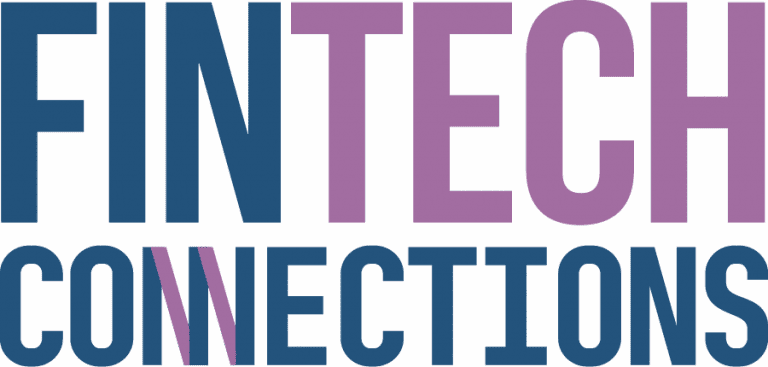You’ve likely heard recently how the metaverse will usher in a new era of digital connectivity, virtual reality (VR) experiences and e-commerce.
Entering the metaverse
The metaverse is “an integrated network of 3D virtual worlds.” These worlds are accessed through a virtual reality headset — users navigate the metaverse using their eye movements, feedback controllers or voice commands. The headset immerses the user, stimulating what is known as presence, which is created by generating the physical sensation of actually being there.
To see the metaverse in action, we can look at popular massively multiplayer virtual reality games such as Rec Room or Horizon Worlds, where participants use avatars to interact with each other and manipulate their environment.
Perhaps the farthest reaching opportunities for the metaverse will be in online learning and government services.
This is the popular conception of the metaverse: a VR-based world independent of our physical one where people can socialize and engage in a seemingly unlimited variety of virtual experiences, all supported with its own digital economy.
More than virtual reality
But there are challenges to overcome before the metaverse can achieve widespread, global adoption. And one key challenge is the “virtual” part of this universe.
While VR is considered a key ingredient of the metaverse recipe, entrance to the metaverse is not (and should not) be limited to having a VR headset. In a sense, anyone with a computer or smartphone can tap into a metaverse experience, such as the digital world of Second Life. Offering broad accessibility is key to making the metaverse work based on VR’s continued uphill battle to gain traction with consumers.
The VR market has seen remarkable innovations in a short period of time. A few years ago, people interested in home VR had to choose between expensive computer-based systems that tethered the user or low-cost but extremely limited smartphone-based headsets.
Now we’ve seen the arrival of affordable, ultra high-quality, portable wireless headsets like Meta’s Quest line, which has quickly become the market leader in home VR. The graphics are sensational, the content library is more robust than ever, and the device costs less than most video game consoles. So why are so few people using VR?
On one hand, global sales of VR headsets have been growing, with 2021 being a banner year for headset manufacturers, who had their best sales since 2016’s flurry of big-brand VR device releases. But they still only sold around 11 million devices worldwide.
Getting people to even use their devices can be a challenge, as it’s estimated only 28 per cent of people who own VR headsets use them on a daily basis. As numerous tech critics have pointed out, the VR mainstream revolution that has been promised for years has largely failed to come to fruition.
Mediated, magical worlds everywhere
Augmented reality (AR) experiences may hold the key for the metaverse to reach its true potential. With AR, users use their smartphone (or other device) to digitally enhance what they perceive in the physical world in real-time, allowing them to tap into a virtual world while still feeling present in this one.
A metaverse centred on augmented reality wouldn’t be a completely new digital world — it would intersect with our real world. It’s this version of the metaverse that could actually have the ability to change the way we live, argues computer scientist and tech writer Louis Rosenberg:
“I believe the vision portrayed by many Metaverse companies of a world filled with cartoonish avatars is misleading. Yes, virtual worlds for socializing will become quite popular, but it will not be the means through which immersive media transforms society. The true Metaverse — the one that becomes the central platform of our lives — will be an augmented world. If we do it right, it will be magical, and it will be everywhere.”
Source: The Conversation
FINTECH22 presented at Sydney Masonic Centre, Sydney 30 November – 1 December 2022, showcasing Australia’s leading FinTech products, services and firms.
Join the Two-day FINTECH22 Exhibitor Showcase – Free online visitor registration
Attend FINTECH22 Forum to hear from industry experts – Delegate registration

















